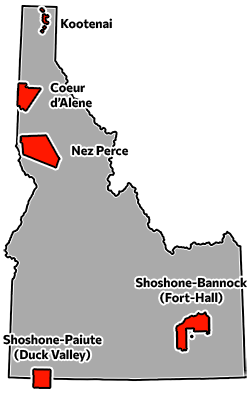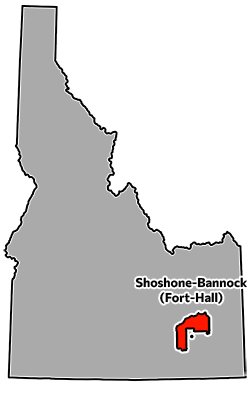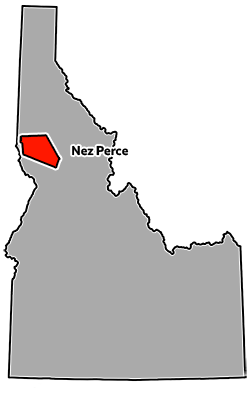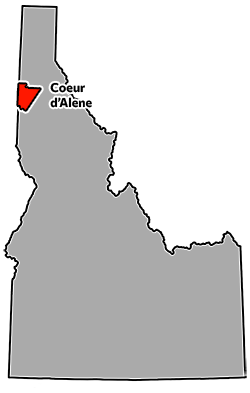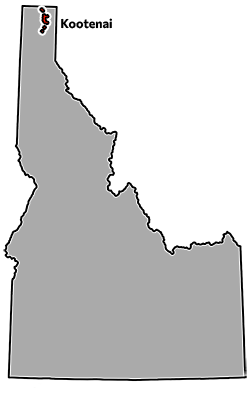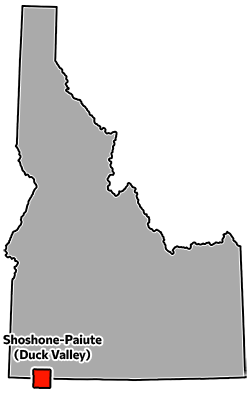POCATELLO — Sydney Farmer moved her feet to the drumbeats, dancing and sharing her Shoshone-Bannock culture with hundreds of onlookers who circled around her.
Clad in blue and ornate beadwork — including a crown marking her as Chief Tyhee Princess — the fifth grader was the heart of an annual powwow that was held recently at Pocatello’s Tyhee Elementary.
“I’m so happy that everyone came here and wanted to participate,” Sydney said about the audience and fellow dancers. “And I got to show my new crown and my culture.”
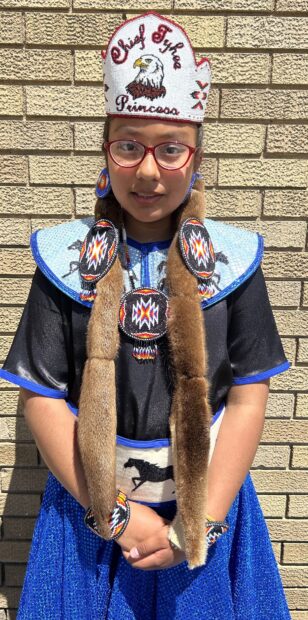
Sydney put in years of work to earn the princess title, which required winning a school-wide competition for fifth graders that included speaking, dancing, and a biographical presentation.
“It just gives me great pride for her to be able to show her culture, who she is, and have enough confidence within her own school (to dance),” Juanita Farmer, Sydney’s mother, said.
Sydney was one of dozens of students from the Pocatello/Chubbuck and Blackfoot school districts who performed in the powwow that day, coming together to spread awareness “that Native folks are still here,” as Emcee Matt Wilson phrased it.
At Tyhee Elementary — which is just a few minutes’ drive away from the Fort Hall Reservation — about a quarter of students are Native American. The annual powwow gives them a chance to show the community that Native American people are thriving with vibrant traditions in place.
“Yes, we are still around,” Michelle Hernandez, an Indian Education cultural teacher for the Blackfoot School District, said. “We are descendants of Chief Pocatello and many of the other chiefs that are in this area and we are still very proud of that.”
Hernandez introduced each dance with a short explanation of its significance.
“Each individual dancer will share their talent and style … (and the drums are) the heartbeat that will speak to us as we dance in the circle of life,” Hernandez said as the dancing began.
Take a look at some of the dances in the videos below.
“We’re just spreading awareness that Native folks are still here. We’re still thriving. We’re still doing all of our traditional doings and holding on the best we can.” — Matt Wilson, emcee at the Tyhee Elementary Powwow
Dancers arrive to the beats of a drum circle.
The powwow is “celebrating that Native American people are still here,” an emcee calls out as the dancing continues. In this video, Miss Chief Tyhee Princess 2022-2023 Sydney Farmer (in blue) dances in the center.
Next up, the grass dancers perform. “Each dancer has a different style, so take a close look at each style,” Hernandez tells the crowd as the dancers enter.
The girls’ jingle dance is a healing or blessing dance to protect all who are in the circle, Hernandez said.
The Fort Hall Singers drive the beat of the powwow with their drums and vocals.
The intertribal dance featured a variety of dance types.
The powwow finished with the round dance; teachers and students were invited to join in. “Good sight to see out there,” Emcee Matt Wilson said as audience members stepped onto the dance floor.
“We’re just spreading awareness that Native folks are still here,” Wilson said of the pow-wow. “We’re still thriving. We’re still doing all of our traditional doings and holding on the best we can.”
This story is part of a series that was made possible with a generous grant from the Education Writers Association.

